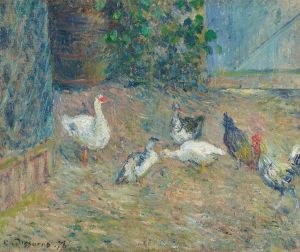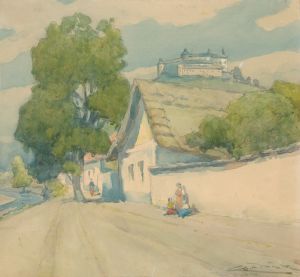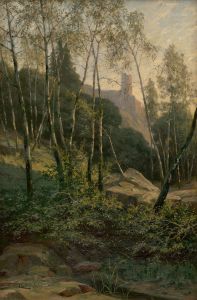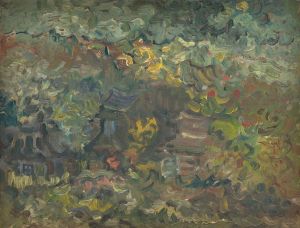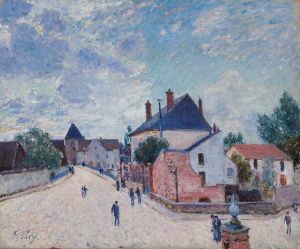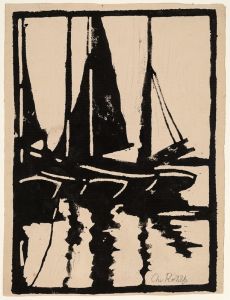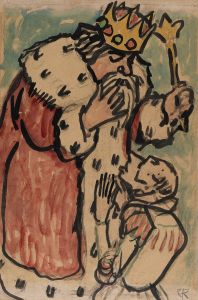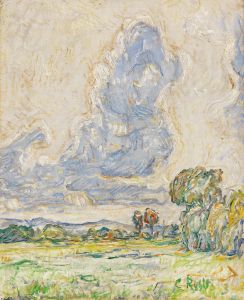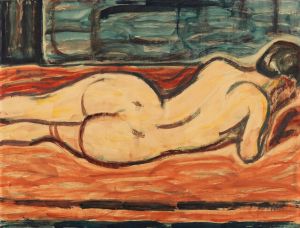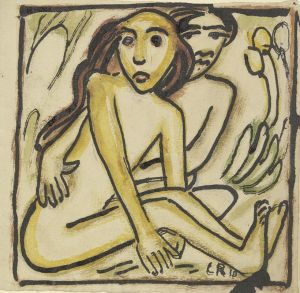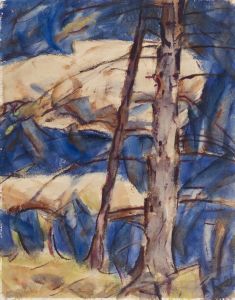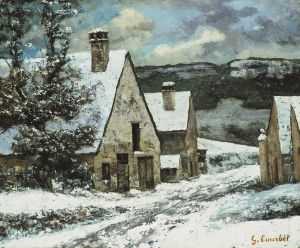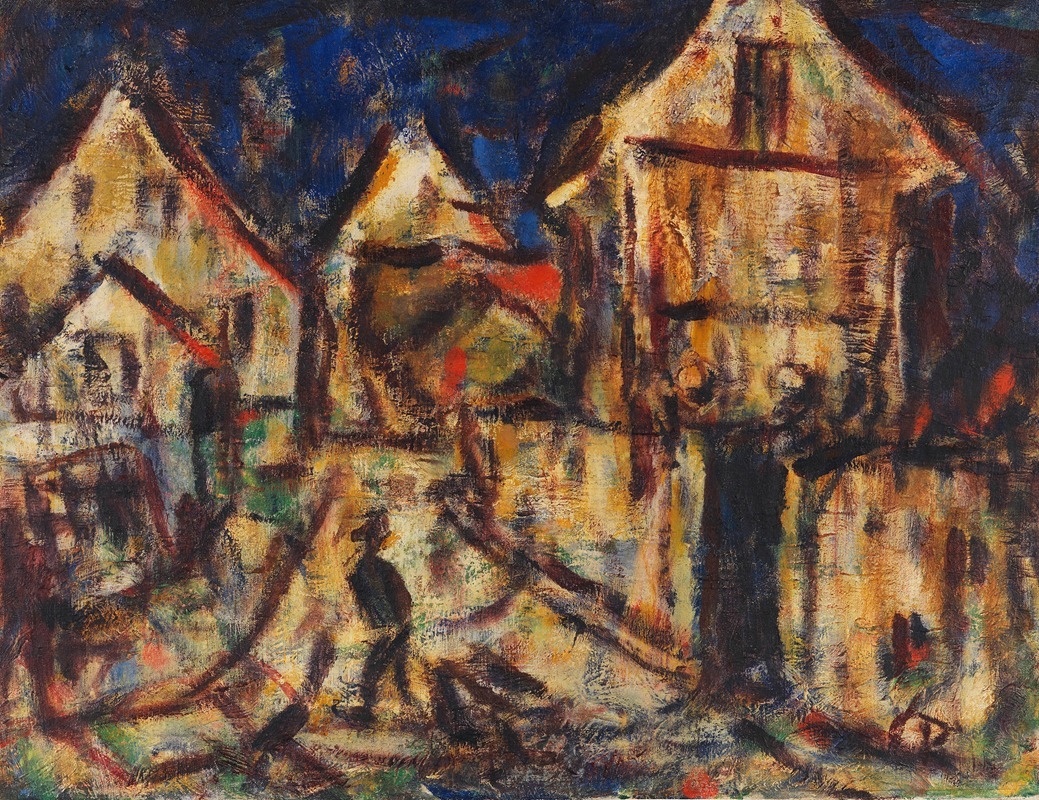
Häuser in Soest
A hand-painted replica of Christian Rohlfs’s masterpiece Häuser in Soest, meticulously crafted by professional artists to capture the true essence of the original. Each piece is created with museum-quality canvas and rare mineral pigments, carefully painted by experienced artists with delicate brushstrokes and rich, layered colors to perfectly recreate the texture of the original artwork. Unlike machine-printed reproductions, this hand-painted version brings the painting to life, infused with the artist’s emotions and skill in every stroke. Whether for personal collection or home decoration, it instantly elevates the artistic atmosphere of any space.
Christian Rohlfs (1849–1938) was a German painter associated with Expressionism. His work "Häuser in Soest" (translated as "Houses in Soest") is a notable example of his artistic exploration of architecture and urban landscapes. The painting depicts a view of houses in the town of Soest, located in North Rhine-Westphalia, Germany. Soest is known for its medieval architecture and historical significance, which may have inspired Rohlfs in creating this work.
Rohlfs began his artistic career with a focus on naturalistic and academic styles but later transitioned to Impressionism and eventually Expressionism. His work often reflects a deep interest in color, light, and form, which are evident in "Häuser in Soest." The painting captures the essence of the town's architectural character, emphasizing geometric shapes and bold contrasts. Rohlfs' use of color and texture in this piece aligns with his mature style, which often sought to evoke emotional resonance rather than strict realism.
The exact date of the painting is not definitively documented, but it is likely to have been created during Rohlfs' later years, when he was actively producing works inspired by his surroundings in Germany. By this time, Rohlfs had established himself as a significant figure in modern art, and his works were exhibited widely. However, during the Nazi regime, his art was labeled as "degenerate," and many of his pieces were removed from museums. Despite this, Rohlfs' legacy as a pioneer of Expressionism remains influential.
"Häuser in Soest" is an example of Rohlfs' ability to transform everyday scenes into dynamic compositions that reflect his unique artistic vision. The painting is held in a private collection or museum, but specific details about its current location or provenance are not widely available. As with many of Rohlfs' works, it continues to be studied and appreciated for its contribution to early 20th-century art movements.
This painting serves as a testament to Rohlfs' skill in capturing the interplay between architecture and emotion, making it a valuable piece within his broader oeuvre. Further research into the painting's history and context may provide additional insights into its significance within Rohlfs' body of work.





